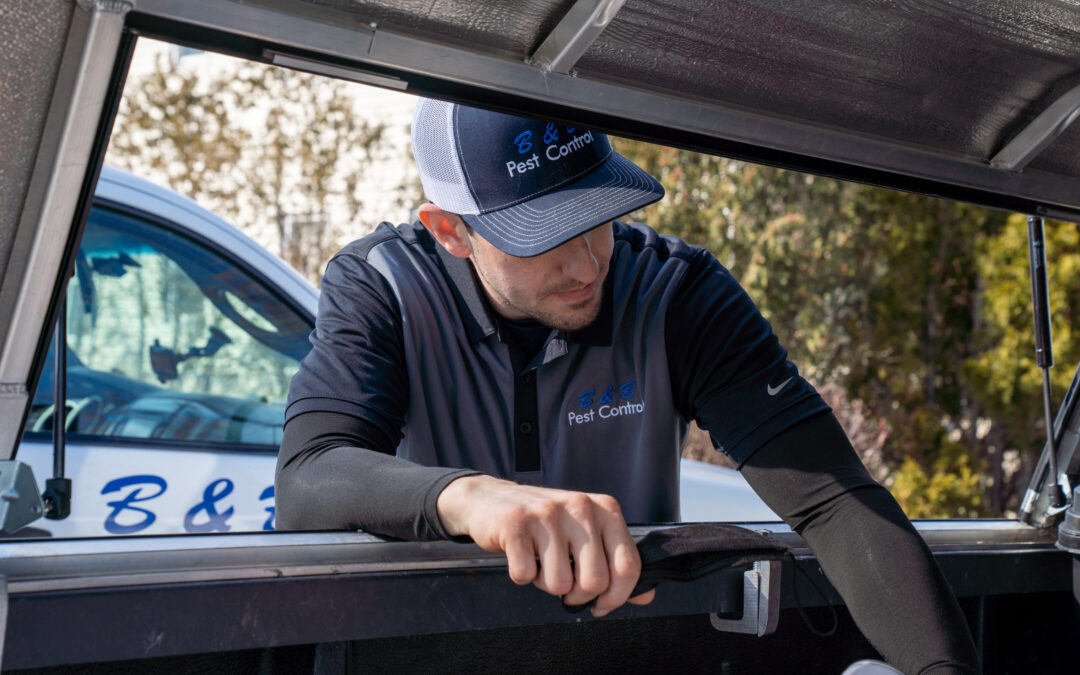Mus Musculus, or as it is better known, the house mouse, is one of the most common and most costly pests in the US. This rodent can thrive under almost any conditions, and it infests anything from homes and commercial structures to agricultural land and open fields. It can also contaminate food that is meant for people, livestock, and pets. In addition, it can also cause significant property damage, along with transmitting various dangerous diseases such as salmonellosis.
Management methods
Due to their small size, house mice are able to enter buildings easily, making mouse infestations the most common rodent infestation by a factor of 20. In order to effectively manage mice, you will need to use both preventive and population reduction measures. Preventive measures include sanitation and exclusion – in other words, keeping the home as clean as possible and sealing any cracks or small holes in the exterior of the home. Once an infestation is already in the home, population reduction is the only way to get rid of it. Population reduction methods can be anything from trapping to baiting or poisoning the mice.
Preventive measures are essential for long term control. By limiting access to shelter and food sources wherever possible, mice will not have a reason to nest inside the home. Traps can also be used as a perimeter defense when they are placed across strategic locations. They are also an effective follow-up measure after you have used poisons. However, using poisons should not be done lightly, since you cannot control where the mice will die. If there is a possibility that they will die inside walls, hard to reach areas, or outdoor areas where the body may be eaten by a pet or infest other livestock, your best bet is to go with traps.
When poisons are appropriate, you have several types of rodenticides at your disposal, from anticoagulant to non-anticoagulant poisons. Reading the packaging carefully and assessing the risks of primary and secondary poisoning is very important if you want to use the poisons as effectively and safely as possible. For example, some poisons are toxic both when consumed directly and when the carcass of the dead mouse is consumed, while others are not very toxic to non-target animals.
If you would like to know more about effective house mouse management strategies, or if you need help getting rid of an infestation, contact us today.

